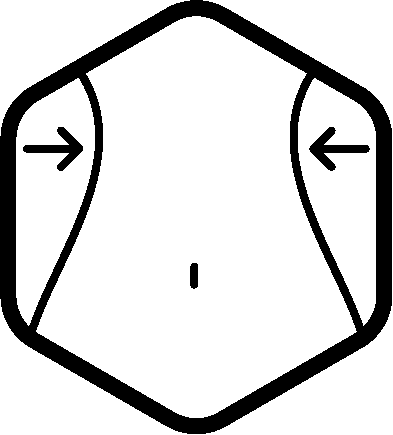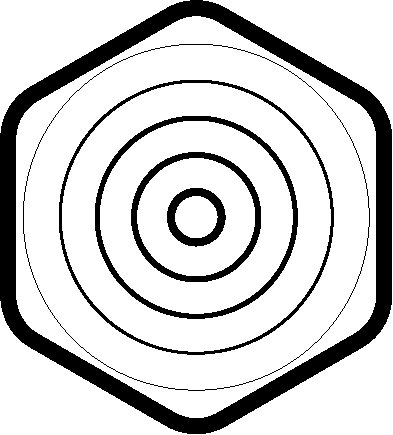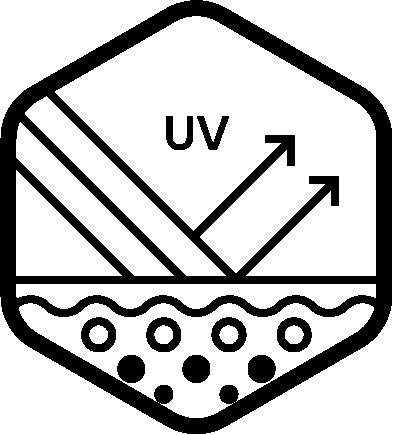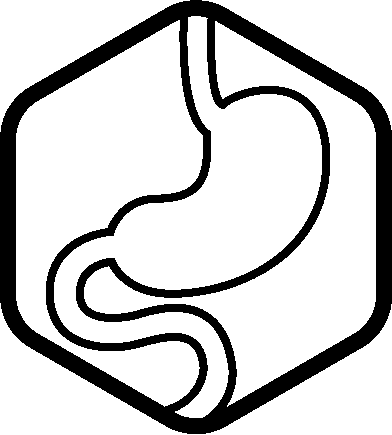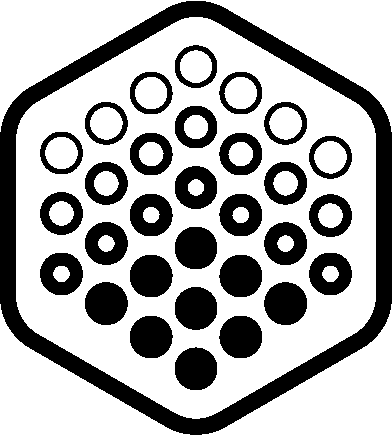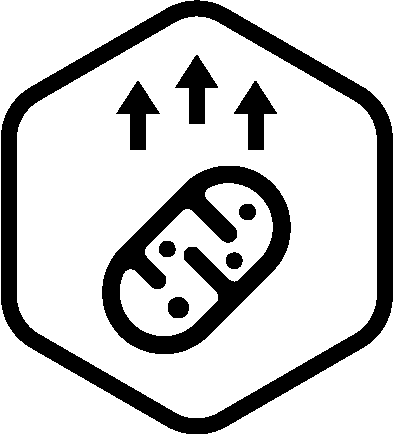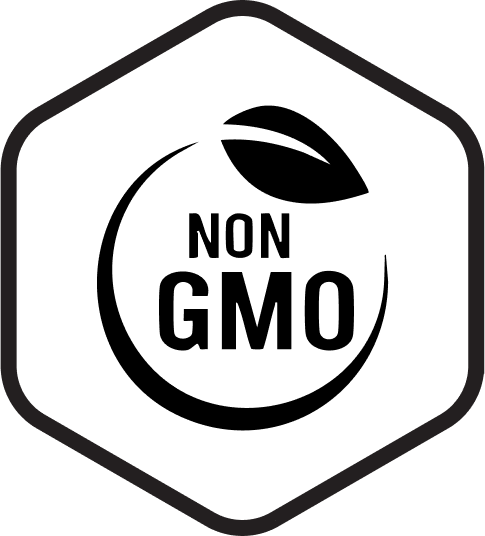2014-12-01
Validated aging models (roundworms, mice); cell cultures
Measurements tracked over full organism lifespan
Various
Why is this study important? This paper presents an unusually broad and detailed look at how apple procyanidins function as anti-aging agents. From increasing lifespan in worms (nematodes), to restoring cardiac electrical rhythm in stressed mice and suppressing Alzheimer- and Huntington-like protein aggregation, the authors offer compelling evidence that procyanidins (PCs) act through multiple conserved biological pathways. Their ability to influence gene expression (SIR2), oxidative stress, ion currents, and proteostasis makes them strong contenders as bioactives in aging and longevity science.
In Plain English: Apple compounds helped worms and mice live longer and protect their hearts and brains from aging damage. These ingredients reduced dangerous proteins in the brain, helped heart cells beat normally, and made muscle cells stronger by lowering stress.
How Worms and Flies Help Us Understand Aging: Studying human lifespan takes decades— too long for researchers to quickly test which compounds might slow aging. That’s why scientists turn to short-lived organisms like yeast, roundworms, and fruit flies. These creatures age in days or weeks, not decades, and share many of the same cellular pathways as humans. By observing how certain nutrients or molecules affect their health and longevity, scientists can spot clues about what might work in people.
For Medical Professionals: Apple-derived procyanidins demonstrated SIR2-dependent longevity effects in nematodes, antioxidant and electrophysiological benefits in Mn-SOD-deficient mice, suppression of ventricular arrhythmias via IK1 restoration, and potent in vitro disruption of Aβ42 and polyQ aggregation. PCs outperformed monomeric antioxidants (vitamin C, EUK-134) in reducing ROS and protecting against neurotoxicity. Mechanistically, actions span SIRT, Nrf2, mitochondrial ROS regulation, and ion channel normalization—indicating therapeutic potential in neurodegeneration, cardiomyopathy, and proteotoxic aging syndromes.






